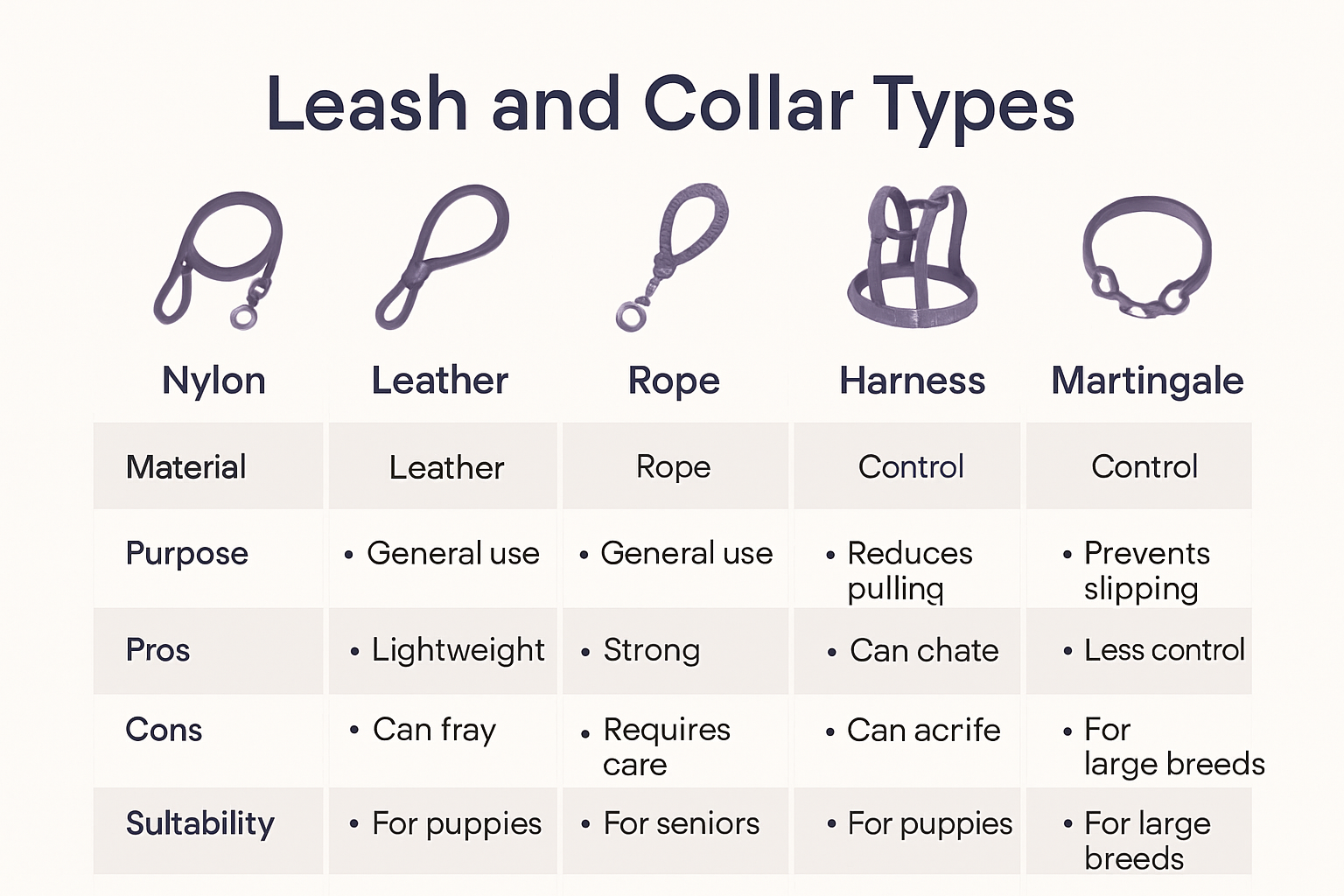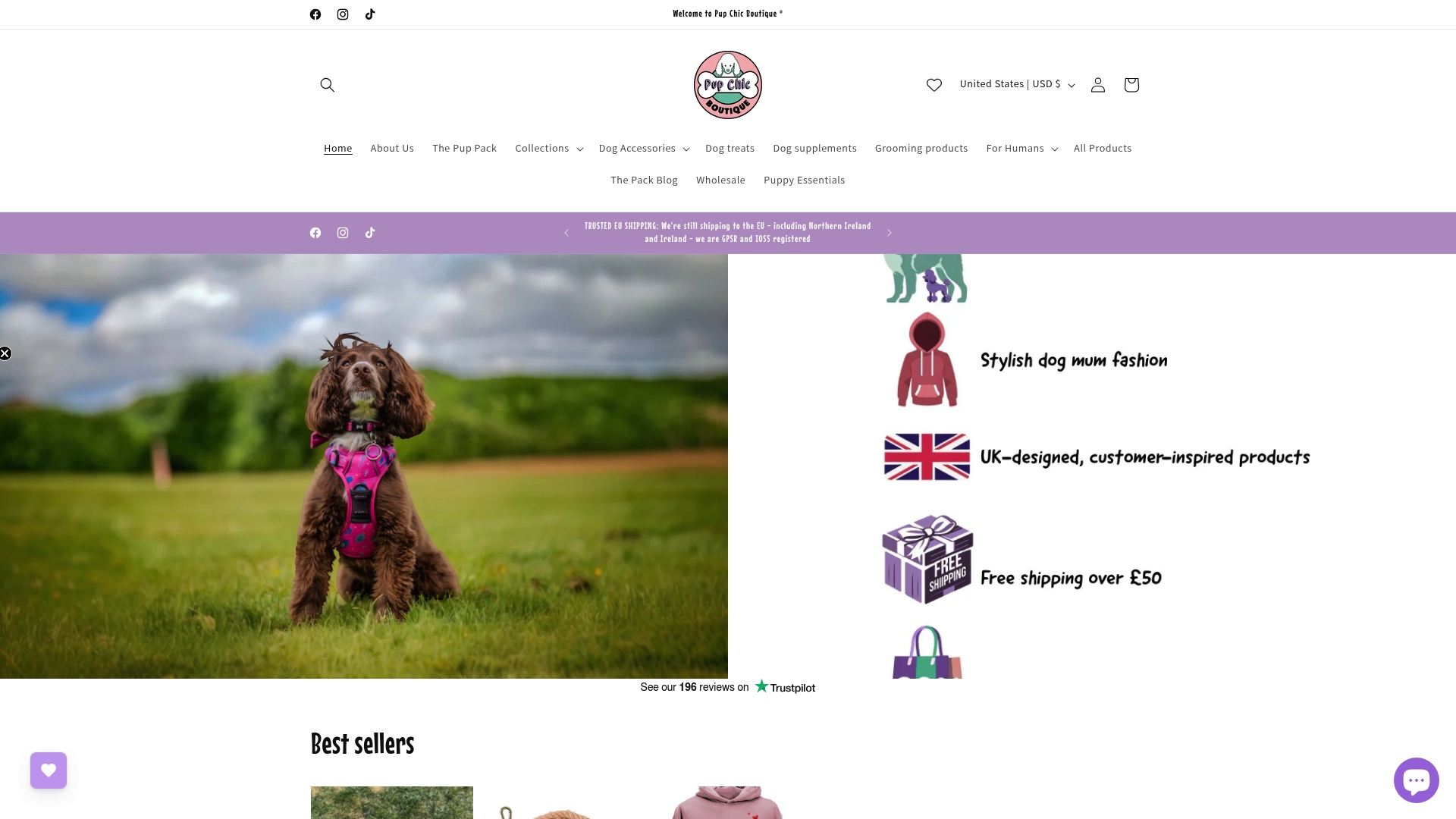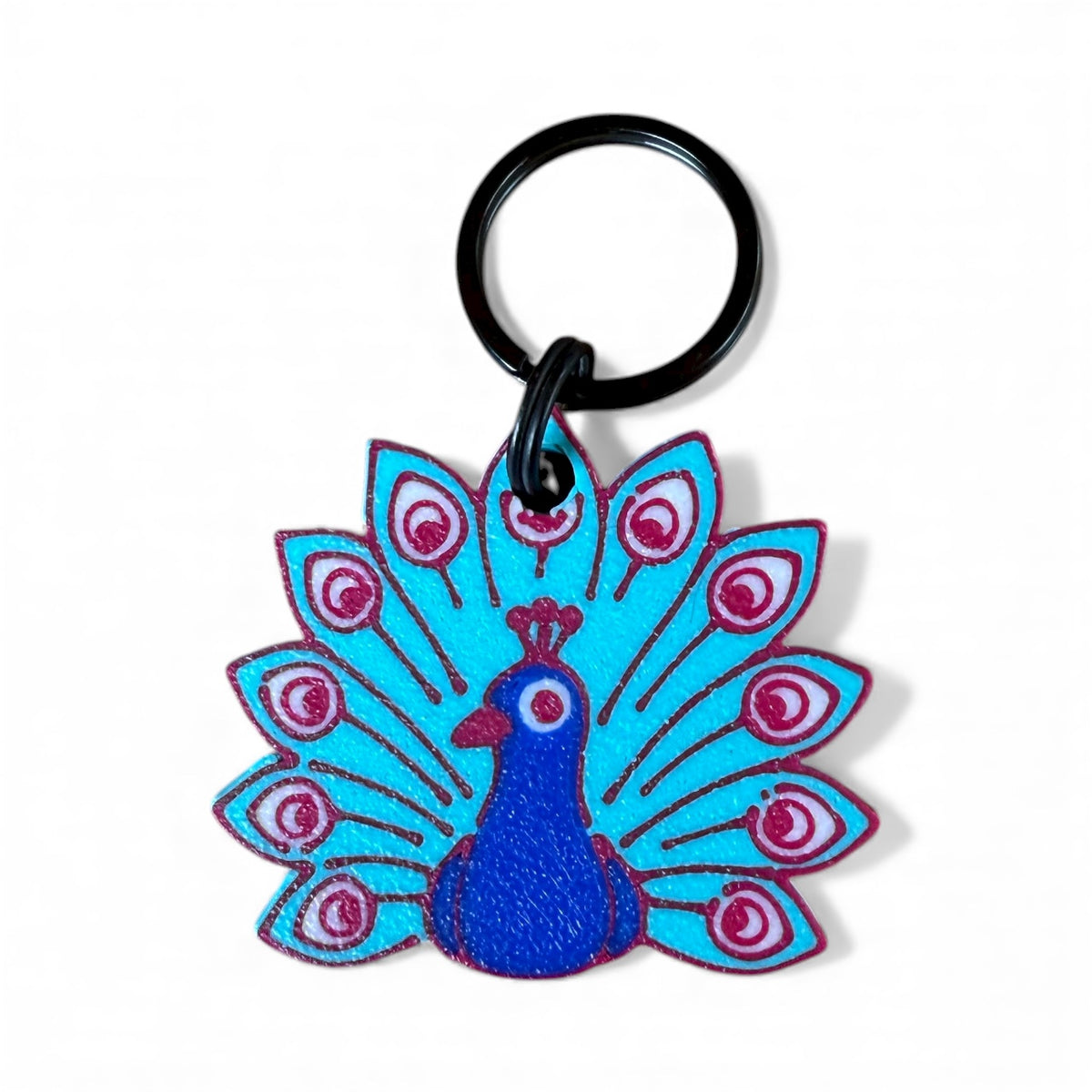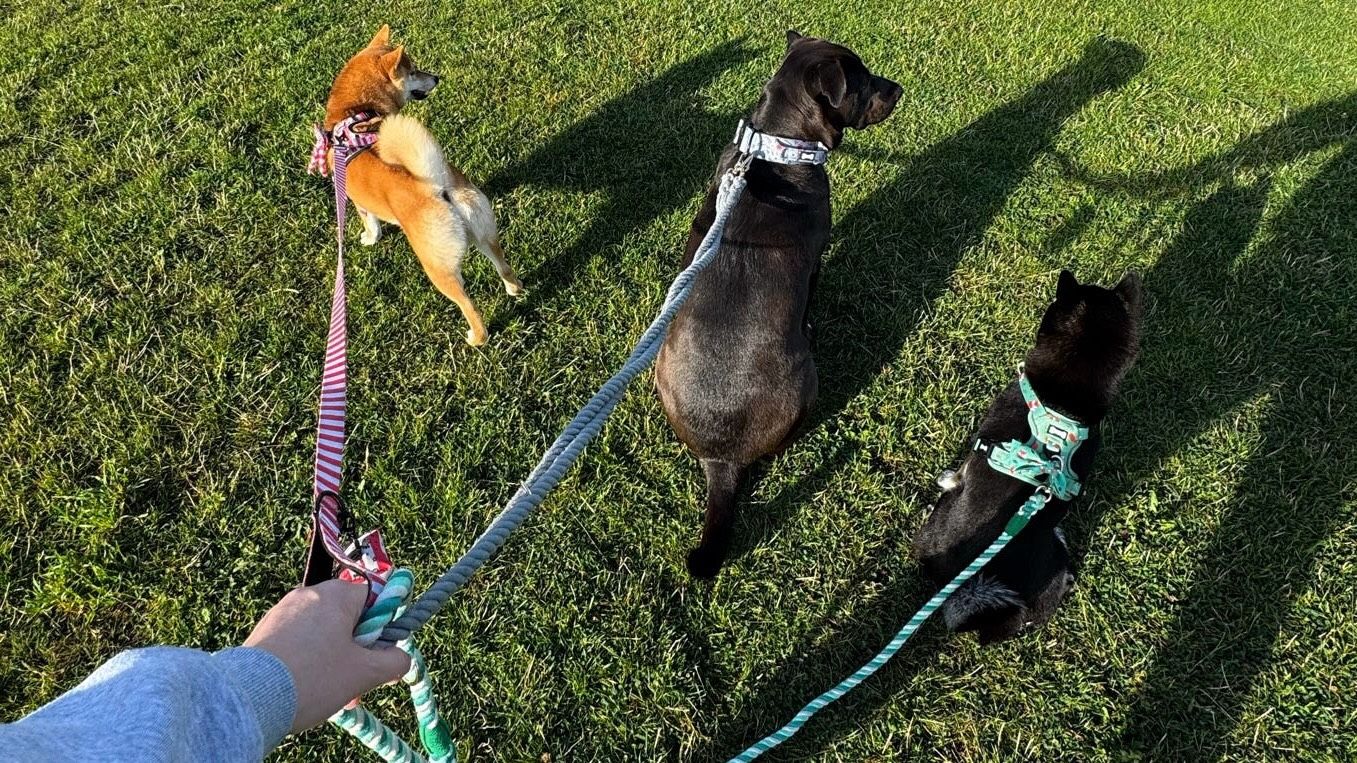Photo @stormyshiba
Leash training might sound straightforward, and most UK dog owners expect it to be a quick fix with a collar and a bit of patience. Yet over 40 percent of people in the UK struggle with dogs pulling on the lead or misbehaving during walks. Now here is something you might not expect. The real key to calm and happy walks has far more to do with understanding your dog’s needs and the laws on the streets than just picking up the nearest lead.
Table of Contents
Quick Summary
| Takeaway | Explanation |
| Select the right equipment for your dog | Choose leashes and collars based on your dog’s size, strength, and needs for effective training and safety. |
| Create positive walking experiences for puppies | Introduce leashes gradually using treats and praise to make the training enjoyable and comfortable for your puppy. |
| Address pulling by stopping movement | Teach your dog that pulling results in stopping, reinforcing calm walking behavior with treats and praise. |
| Understand leash laws and etiquette | Be aware of UK dog laws and social etiquette for responsible walking and interactions in public spaces. |
| Gradually increase training complexity | Progress training in varied environments, monitoring your dog’s comfort and adjusting techniques as needed. |
Choosing the Right Leash and Collar
Selecting the appropriate leash and collar is crucial for effective leash training and your dog’s overall comfort and safety. The right equipment not only supports successful training but also ensures your furry companion remains secure and comfortable during walks.
Understanding Leash Materials and Types
Leashes come in various materials, each with unique benefits for different dogs and training needs. The Kennel Club recommends considering your dog’s size, strength, and walking environment when selecting a leash.
Nylon leashes are lightweight and affordable, making them popular for everyday walking. They’re durable and come in multiple lengths and widths. Leather leashes offer superior durability and develop a soft patina over time, ideal for dogs who pull or require more robust equipment. Cotton leashes provide excellent grip and are gentle on hands, while rope leashes offer maximum strength for larger or more powerful breeds.
To help you choose the best leash material for your dog, the following table compares key features of the most common types mentioned in the article.
| Leash Material | Durability | Grip Comfort | Best For |
| Nylon | Good | Moderate | Everyday walking, affordability |
| Leather | Excellent | Softens over time | Dogs who pull, durability needed |
| Cotton | Moderate | Excellent | Gentle on hands, sensitive handlers |
| Rope | Very High | Varies | Large/powerful breeds, max strength |
Standard lengths typically range from 1.2 to 1.8 metres, with shorter leashes providing more control during training. Professional Dog Trainers Association suggests that a 1.5-metre leash works best for most training scenarios, allowing sufficient movement while maintaining close control.
Collar Considerations for Effective Training
Collars are more than just accessory items they’re critical training tools. Flat collars work well for most dogs and are suitable for attaching identification tags. However, for dogs requiring additional training support, specific collar types can help.
Breath control harnesses distribute pressure more evenly across the chest, reducing strain on the neck and minimising potential injury. They’re particularly beneficial for dogs prone to pulling or those with respiratory issues. Martingale collars provide gentle correction for dogs with narrow heads, like greyhounds, preventing them from slipping out during walks.
Width matters when selecting a collar. Wider collars distribute pressure more effectively and are recommended for larger dogs or those with neck strength. For smaller breeds, narrower collars prevent unnecessary pressure and potential discomfort.
Matching Equipment to Your Dog’s Needs
Consider your dog’s individual characteristics when choosing leash training equipment. Puppies require lightweight, adjustable gear that can grow with them. Senior dogs might need softer materials that won’t irritate sensitive skin. Active dogs who love outdoor adventures need robust, weather-resistant equipment.
Factor in your training goals as well. If you’re working on reducing pulling behaviour, a no-pull harness or head halter might provide better control. For basic obedience training, a standard flat collar and fixed-length leash could be most appropriate.
Remember that comfort and proper fit are paramount. Measure your dog’s neck carefully and ensure there’s enough room for two fingers between the collar and their neck. This prevents chafing while ensuring the collar remains secure.

Investing time in selecting the right leash and collar creates a solid foundation for successful leash training. The perfect equipment supports your dog’s learning process, enhances safety, and makes walking together an enjoyable experience for both of you.
Step-by-Step Leash Training for Puppies
Leash training a puppy requires patience, consistency, and a positive approach. Young dogs are naturally curious and energetic, making early training crucial for developing good walking habits and establishing a strong bond between you and your furry companion.
Creating a Positive Leash Experience
The American Kennel Club recommends introducing the leash and collar as a positive experience from the very beginning. Start by allowing your puppy to wear the collar and leash during playtime, associating these items with enjoyable moments. Use treats and gentle praise to create a welcoming connection with the walking equipment.
Begin training indoors where distractions are minimal. Let your puppy get comfortable wearing the collar and leash, moving around freely in a safe environment. VCA Animal Hospitals suggest using short, engaging training sessions that keep your puppy interested and prevent frustration. Keep initial sessions brief typically 5-10 minutes to maintain your puppy’s attention and enthusiasm.
Introducing Basic Walking Techniques
Purina emphasizes the importance of teaching your puppy to walk beside you without pulling. Start with simple techniques in a quiet area of your home or garden. Use a consistent command like “heel” or “walk” and reward your puppy immediately when they stay close and move in the desired direction.
When your puppy begins pulling, stop walking immediately. This teaches them that pulling does not result in forward movement. Wait patiently until they return to your side or create slack in the leash, then resume walking and offer immediate praise. Consistency is key in reinforcing this lesson. Use high-value treats to encourage and reward good walking behaviour, making the training process enjoyable for your puppy.
Gradually Increasing Training Complexity
As your puppy becomes more comfortable with leash walking, slowly introduce more challenging environments. Begin in your garden, then progress to quiet streets, and eventually more populated areas. Each new environment presents different distractions and challenges, so maintain patience and continue using positive reinforcement.
Watch for signs of overstimulation or stress. If your puppy becomes overwhelmed, return to a previous, more comfortable training stage. Some puppies might need more time to adapt to new walking scenarios. Pay attention to your puppy’s body language and energy levels, adjusting your training approach accordingly.
Remember that every puppy learns at a different pace. Some may pick up leash training quickly, while others might require more time and patience. Maintain a calm and supportive approach, celebrating small victories and avoiding punishment-based training methods.
Leash training is more than just teaching your puppy to walk beside you it’s about building trust, communication, and a lasting bond. With consistent practice, positive reinforcement, and understanding, you’ll help your puppy develop into a confident and well-behaved walking companion.
Solving Common Leash Walking Problems
Leash walking challenges are common for dog owners, and understanding how to address these issues can transform frustrating walks into enjoyable experiences. Every dog is unique, and recognising the root causes of walking difficulties is the first step towards effective resolution.
Understanding Pulling Behaviour
The Blue Cross explains that pulling is often a natural dog behaviour driven by excitement and curiosity. Dogs pull because walking quickly allows them to explore their environment more rapidly. When a dog pulls and the owner follows, they inadvertently reinforce this behaviour by giving the dog exactly what they want.
To combat pulling, consistency is key. When your dog pulls, stop walking immediately. This teaches them that pulling does not result in forward movement. Wait patiently until they return to your side or create slack in the leash, then resume walking. RSPCA recommends using positive reinforcement techniques such as treats and praise when your dog walks calmly beside you, gradually establishing a pattern of good walking behaviour.
Image @shihtzu.sisters_
Addressing Reactive Walking Behaviour
Reactive behaviour such as barking, lunging, or excessive excitement when encountering other dogs or stimuli can make walks challenging. This often stems from fear, anxiety, or overstimulation. Professional dog trainers suggest implementing a gradual desensitisation approach.
Start by maintaining a comfortable distance from potential triggers. Use high-value treats to create positive associations and reward calm behaviour. If your dog becomes reactive, redirect their attention back to you using a consistent command like “watch me” or “focus”. Over time, slowly decrease the distance to triggers while continuing to reward calm responses.
Managing Distraction and Inconsistent Walking
Some dogs struggle to maintain focus during walks, becoming easily distracted by smells, sounds, or visual stimuli. This can make leash training feel like an impossible task. Developing a strong foundation of basic obedience commands can significantly improve walking consistency.
Practice commands like “heel”, “sit”, and “stay” in low-distraction environments before applying them during walks. Use a shorter leash to maintain closer control and prevent wandering. Vary your walking pace and direction to keep your dog engaged and attentive to your movements.
Every dog will experience setbacks during leash training. Patience, consistency, and a positive approach are crucial. If challenges persist, consider consulting a professional dog trainer who can provide personalised strategies tailored to your dog’s specific needs.
Remember that leash training is a journey of communication and trust. By understanding your dog’s behaviour, using positive reinforcement, and maintaining a calm demeanour, you can transform challenging walks into opportunities for bonding and mutual understanding.
Essential UK Laws and Walking Etiquette
Navigating public spaces with your dog requires understanding both legal requirements and social expectations. Responsible dog ownership extends beyond training and encompasses awareness of local regulations and considerate behaviour in shared environments.
Legal Responsibilities for Dog Owners
The UK Government provides clear guidelines on dog owner responsibilities in public spaces. The Dangerous Dogs Act 1991 establishes fundamental legal requirements for controlling dogs, with potential consequences for owners who fail to manage their pets appropriately.
Specific legal obligations include keeping dogs on leads in designated areas such as public parks, children’s play areas, and certain public spaces. Local councils can implement Public Spaces Protection Orders (PSPOs) that mandate leash requirements in specific locations. Owners must ensure their dogs do not pose a threat or nuisance to others, with potential fines for non-compliance.
Microchipping is another legal requirement for dogs in the UK. All dogs must be microchipped by eight weeks of age, with owner contact details kept up-to-date. This helps authorities trace owners if a dog becomes lost or involved in an incident.
Walking Etiquette and Social Considerations
Battersea Dogs & Cats Home emphasises the importance of understanding and respecting shared public spaces. When walking your dog, always be prepared to yield to other pedestrians, cyclists, and fellow dog walkers. This includes maintaining control of your dog and preventing unwanted interactions.
Pickup and proper disposal of dog waste is not just courteous but legally mandated. Local councils can issue fixed penalty notices for dog fouling, with fines potentially reaching £100 or more. Always carry waste bags and clean up after your dog, disposing of waste in designated bins or taking it home.
Be mindful of other dogs’ body language and spaces. Not all dogs are comfortable with direct interactions, so ask permission before allowing your dog to approach others. Some dogs might be in training, recovering from illness, or simply prefer not to socialise.
Additional Considerations for Responsible Walking
Different environments require different levels of control. In rural areas with livestock, dogs must be kept on short leads to prevent potential conflicts. Nature reserves and protected landscapes often have specific rules about dog access and behaviour.
Consider the time of day and location when walking. Busy urban areas require closer control, while more open spaces might allow slightly more freedom. Always maintain visual contact and be ready to call your dog back immediately if needed.
Insurance is another crucial consideration. While not legally mandatory in all circumstances, public liability insurance can protect you financially if your dog causes injury or damage. Many responsible dog owners choose to include this protection.
Ultimately, successful dog walking in the UK is about balancing legal compliance with social awareness. By understanding and respecting regulations, considering other people and animals, and maintaining excellent control of your dog, you create positive experiences for everyone sharing public spaces.
Below is a summary of common UK dog walking laws and etiquette to help ensure you and your dog remain responsible and considerate in public spaces.
| Requirement/Law | Description |
| Dogs on leads in designated areas | Required in parks, play areas, and some public spaces |
| Microchipping | Must be done by 8 weeks old; contact details kept up-to-date |
| Picking up dog waste | Legally required; fines for non-compliance (up to £100+) |
| Controlling dogs near livestock | Dogs must be kept on short leads in rural/animal areas |
| Ask before approaching other dogs | Consider other dogs’ needs; not all are comfortable with interaction |
| Public liability insurance | Recommended, though not always legally required |
Frequently Asked Questions
What is the best type of leash for training my dog?
The best type of leash for training depends on your dog’s size and behaviour. Nylon leashes are lightweight and affordable, while leather leashes offer durability for stronger dogs. Rope leashes are ideal for larger breeds requiring maximum strength. Consider your dog’s needs and training goals when selecting a leash.
How can I prevent my dog from pulling on the lead during walks?
To prevent pulling, stop walking immediately when your dog pulls. This teaches them that pulling results in stopping movement. Wait until they return to your side or create slack in the leash, then resume walking while rewarding them with treats and praise for walking calmly.
What collar type is best for leash training my puppy?
For leash training puppies, flat collars work well for most dogs, but for those that pull or have respiratory issues, consider using a breath control harness. These distribute pressure evenly and reduce strain on the neck. Ensure the collar fits properly, allowing enough room for two fingers between the collar and their neck.
How should I approach leash training with my puppy?
Start leash training by creating a positive experience with the collar and leash. Allow your puppy to wear the equipment during playtime and use treats to associate positive moments with it. Begin training indoors in a distraction-free environment, keeping sessions brief and engaging, gradually increasing complexity as your puppy becomes more comfortable.
Make Every Walk a Joy with Pup Chic Boutique
Are you tired of battling pulling, discomfort, or mismatched gear every time you clip on your dog’s lead? Leash training can be a challenge, especially when finding equipment that truly fits your dog’s needs. This guide has shown how the right no-pull harness or hands-free lead can transform not just your walks, but your bond with your pup. Now, why not take the next step and see how style and function come together?

Discover Pup Chic Boutique, where every product is created for real UK dog owners facing real-life walking struggles. Explore our collection of no-pull harnesses, comfortable collars, and matching leads, all carefully designed for both safety and flair. Give your dog the best by visiting Pup Chic Boutique today and experience the comfort and confidence of walking with gear that actually works for both you and your pup. Act now to turn daily walks into moments of joy and calm, not frustration.
Recommended
-
The Ultimate Guide to Comfort and Safety: Adjustable Harnesses for Ner – Pup Chic Boutique
-
Cherry Blossom Multi-use 7ft Rope Dog Lead - hands free leash - traini – Pup Chic Boutique
-
Blush Petal Multi-use 7ft Rope Dog Lead - hands free leash - training – Pup Chic Boutique
-
Best Collars for Puppies UK Guide 2025: Safe & Stylish Choices – Pup Chic Boutique
-
[
How to Train Puppies: Step-by-Step Guide
– iPupPee](https://ipuppee.com/blogs/news/how-to-train-puppies-guide)




